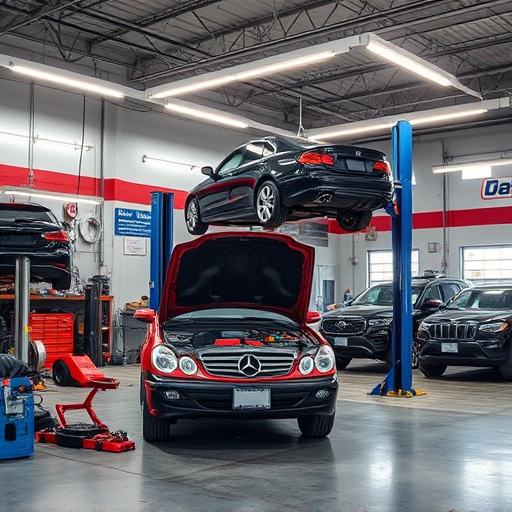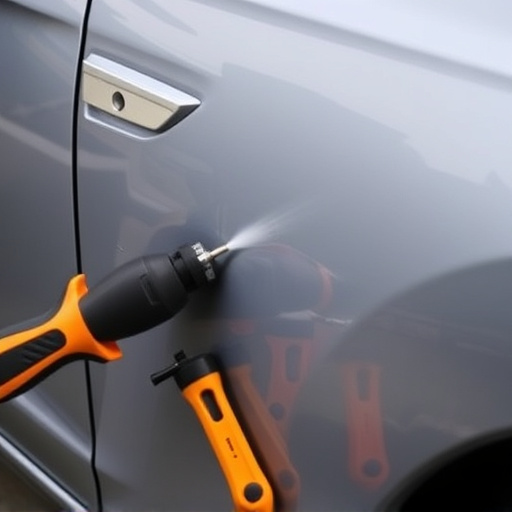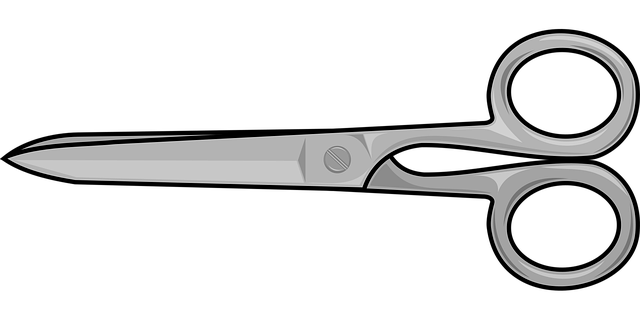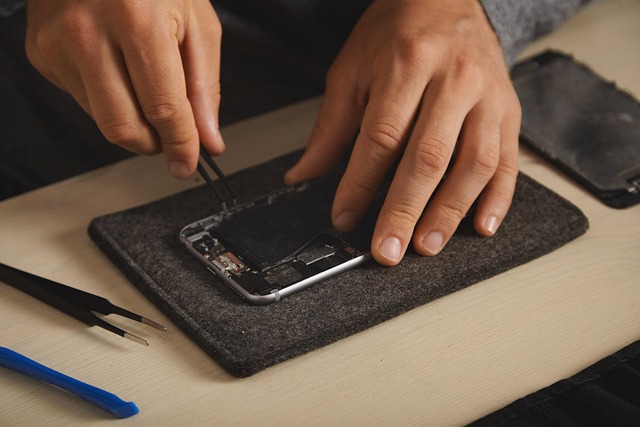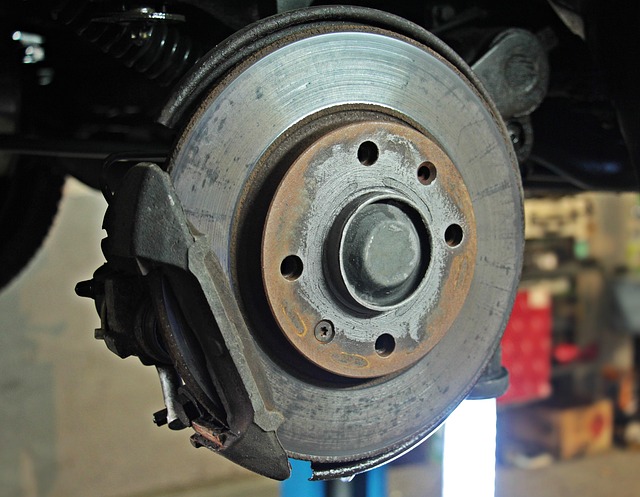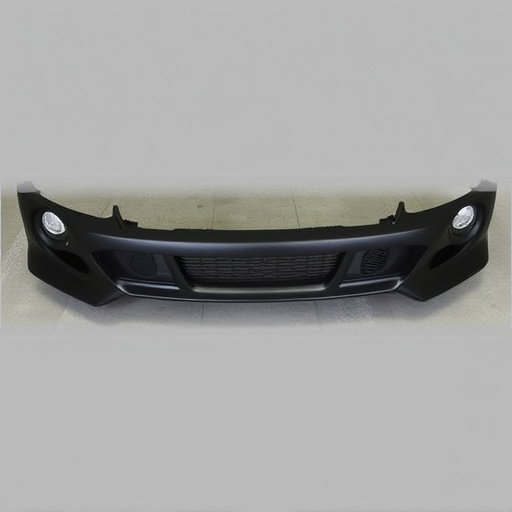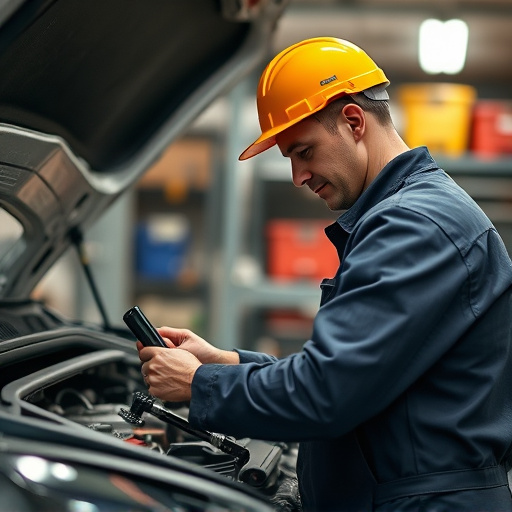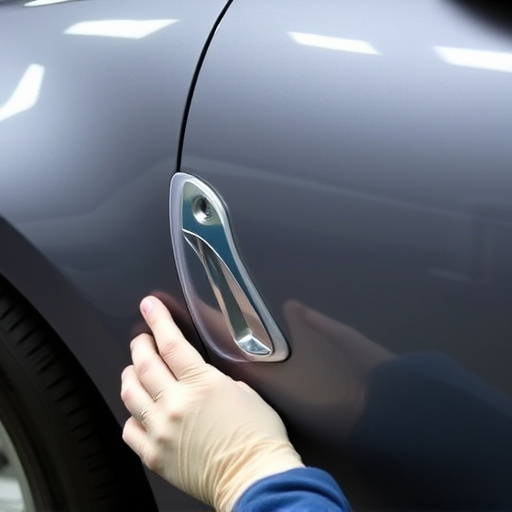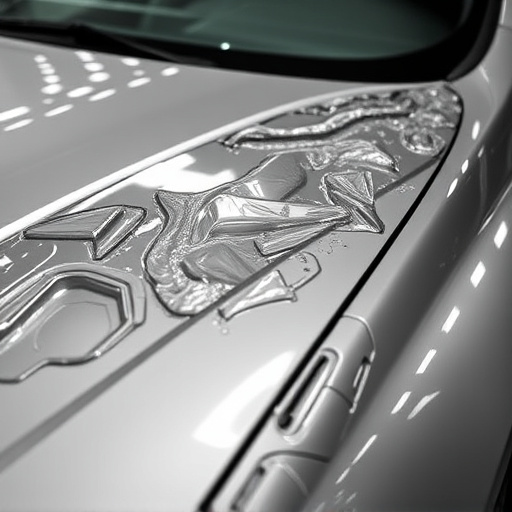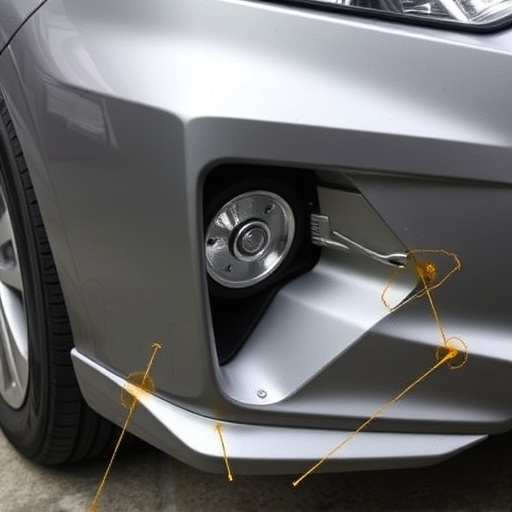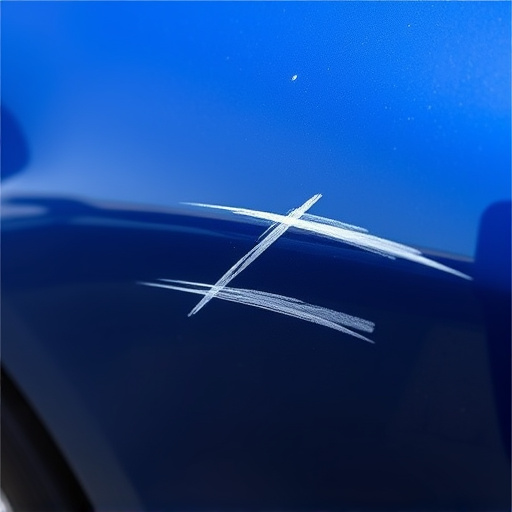Tesla collision diagnostics involve a multi-step process using advanced equipment to detect microscopic damage across all vehicle components. This meticulous approach ensures thorough repairs for structural integrity and Advanced Driver Assistance System (ADAS) recalibration. By integrating updated software, training, and standardized protocols, technicians enhance efficiency, quality, and customer trust in Tesla repair services, from minor damages to complex adjustments.
Tesla vehicles, renowned for their innovative technology, offer a unique approach to collision repair with advanced Tesla collision diagnostics. This article delves into the intricate process of these diagnostics as an integral part of Tesla’s repair protocol. We explore how specialized tools identify and assess damage, ensuring precise repairs. By understanding the key components and benefits, mechanics can master the integration of diagnostic technologies, revolutionizing Tesla repair standards. Uncover the secrets behind efficient, effective collision repair for electric vehicles.
- Understanding Tesla Collision Diagnostics: Unveiling the Process
- Key Components of Tesla Repair Protocol for Collisions
- Benefits and Best Practices in Integrating Diagnostic Tools
Understanding Tesla Collision Diagnostics: Unveiling the Process

Tesla collision diagnostics play a pivotal role in ensuring thorough and precise repairs for Tesla vehicles. This advanced process involves a series of intricate steps designed to uncover even the subtlest signs of damage. By employing cutting-edge technology, Tesla’s diagnostic tools scan every component of the vehicle, from its complex electrical systems to structural elements, offering an unparalleled level of accuracy.
The procedure typically begins with a comprehensive visual inspection, followed by non-invasive scans using specialized equipment. These diagnostics go beyond mere aesthetics; they detect even microscopic dents or cracks that could impact performance. This meticulous approach ensures that repairs are not just superficial but comprehensively address all potential issues. For fleet owners or those seeking expert auto maintenance, understanding these diagnostic practices is key to choosing the right repair services, be it for regular upkeep or complex dent removal.
Key Components of Tesla Repair Protocol for Collisions

When a Tesla experiences a collision, the first step in the repair protocol is thorough Tesla collision diagnostics. This involves a comprehensive assessment of the vehicle’s systems to identify any damage or potential safety hazards. Advanced sensors and computer systems are utilized to pinpoint areas of impact and determine the extent of car damage repair required.
The repair process then delves into specialized auto maintenance tailored to Tesla models, focusing on structural integrity and advanced driver-assistance system (ADAS) recalibration. Key components include a detailed inspection of the vehicle’s frame, suspension, and electrical systems. After identifying all necessary repairs, including collision repair for any exterior or interior damage, technicians utilize genuine Tesla replacement parts to ensure optimal performance and safety during future drives.
Benefits and Best Practices in Integrating Diagnostic Tools

Integrating Tesla collision diagnostics as part of a comprehensive repair protocol offers numerous benefits for both technicians and customers. Advanced diagnostic tools provide precise and immediate assessments of vehicle damage, enabling faster and more accurate repairs. This not only reduces downtime for owners but also ensures that every component is considered, from minor fender repairs to complex structural adjustments. With real-time data on hand, technicians can make informed decisions, enhancing the overall efficiency of collision repair processes.
Best practices in this regard involve ensuring that diagnostic tools are up-to-date and compatible with Tesla’s latest vehicle models. Regular training sessions for service professionals can help them stay adept at utilizing these tools effectively. Moreover, establishing standardized protocols for data collection and interpretation ensures consistency across different repair centers, fostering trust among customers who value reliable and high-quality car damage repairs, including fender repairs and more extensive collision repair services.
Tesla collision diagnostics play a pivotal role in ensuring safe and effective repairs for Tesla vehicles. By integrating advanced diagnostic tools into their repair protocol, workshops can streamline processes, enhance precision, and provide owners with accurate, efficient service. Embracing these practices not only benefits the longevity of Tesla’s unique vehicle systems but also contributes to a seamless owner experience.
